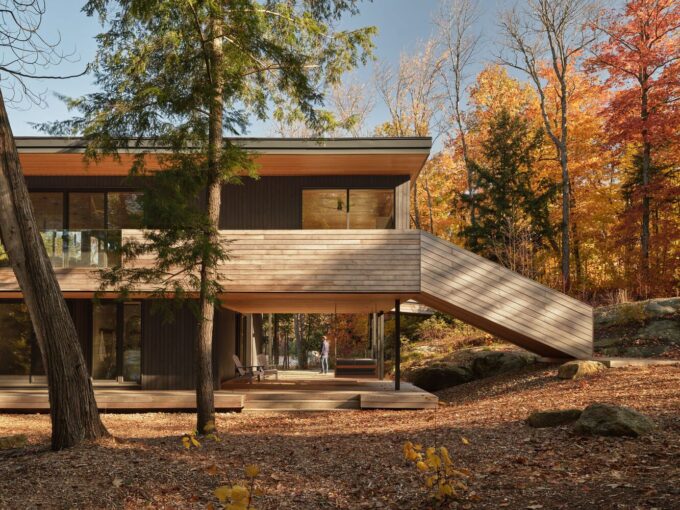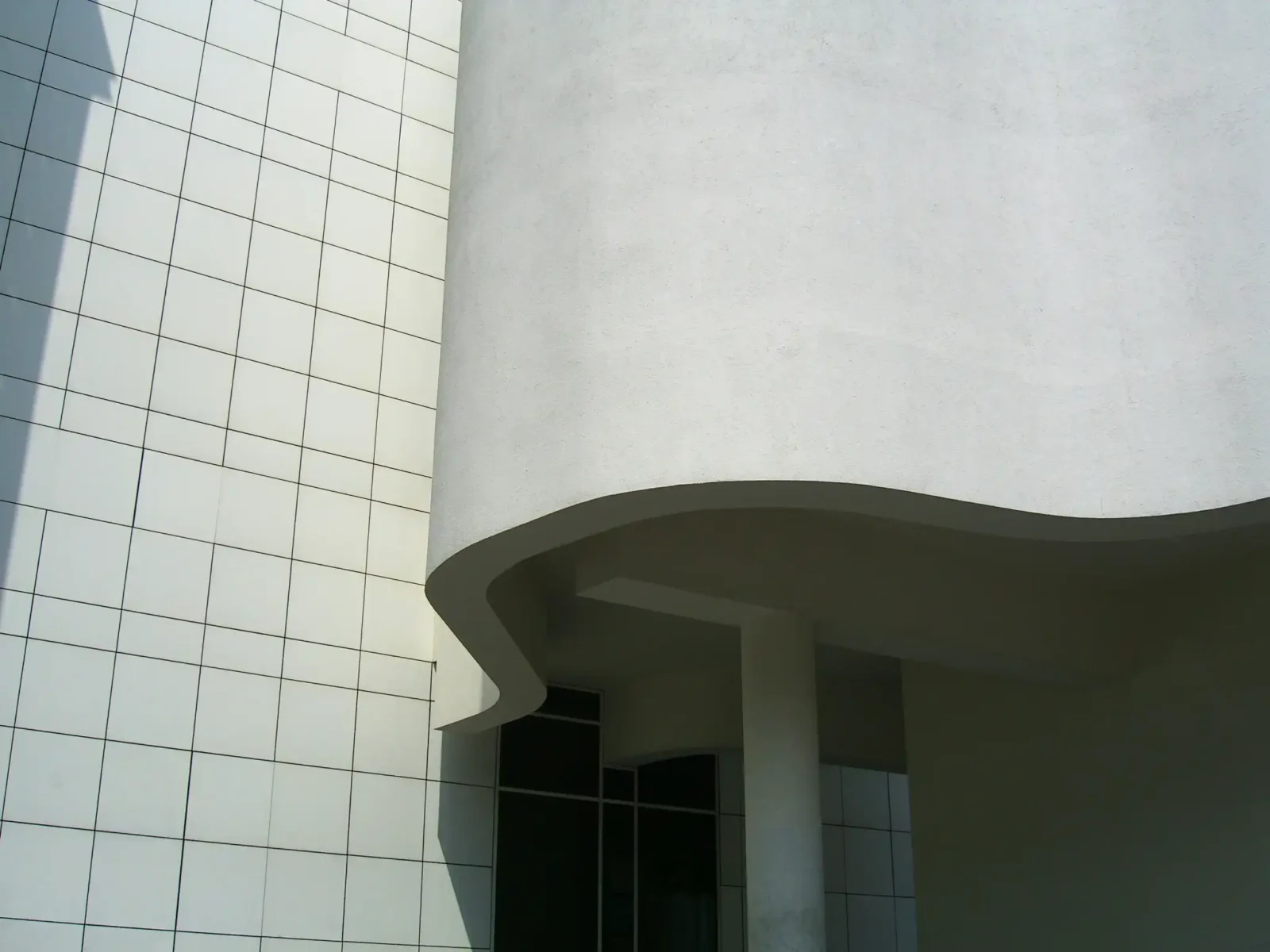- Home
- Articles
- Architectural Portfolio
- Architectral Presentation
- Inspirational Stories
- Architecture News
- Visualization
- BIM Industry
- Facade Design
- Parametric Design
- Career
- Landscape Architecture
- Construction
- Artificial Intelligence
- Sketching
- Design Softwares
- Diagrams
- Writing
- Architectural Tips
- Sustainability
- Courses
- Concept
- Technology
- History & Heritage
- Future of Architecture
- Guides & How-To
- Art & Culture
- Projects
- Interior Design
- Competitions
- Jobs
- Store
- Tools
- More
- Home
- Articles
- Architectural Portfolio
- Architectral Presentation
- Inspirational Stories
- Architecture News
- Visualization
- BIM Industry
- Facade Design
- Parametric Design
- Career
- Landscape Architecture
- Construction
- Artificial Intelligence
- Sketching
- Design Softwares
- Diagrams
- Writing
- Architectural Tips
- Sustainability
- Courses
- Concept
- Technology
- History & Heritage
- Future of Architecture
- Guides & How-To
- Art & Culture
- Projects
- Interior Design
- Competitions
- Jobs
- Store
- Tools
- More
The Place of Wood in Architecture: A Blend of Beauty, Sustainability, and Innovation
Explore the vital role of wood in architecture, where beauty meets functionality. This article delves into wood's versatility across historical and modern designs, celebrating its aesthetic charm and sustainability. Learn how engineered wood products like CLT enable innovative structures while promoting eco-friendly building practices.

Wood has always held a special place in architecture, blending beauty with functionality. Its warmth and versatility make it a favorite choice for both traditional and modern designs. As we explore the role of wood in architecture, we’ll uncover how this timeless material not only enhances aesthetics but also contributes to sustainability and innovation in building practices.
From ancient structures to contemporary masterpieces, wood has shaped our built environment in countless ways. It offers unique characteristics that allow architects to push creative boundaries while maintaining a connection to nature. Join us as we delve into the significance of wood, its applications, and how it continues to inspire architects around the world.

Table of Contents
ToggleThe Place of Wood in Architecture: An Overview
Wood occupies a crucial position in architecture due to its unique characteristics and contributions to design. Its aesthetic appeal captures attention, creating warm and inviting spaces. Its versatility allows for various applications in traditional and contemporary settings alike.
Wood enhances the structural integrity of buildings. Its strength-to-weight ratio makes it an excellent choice for both residential and commercial projects. Many architects utilize engineered wood products, such as cross-laminated timber (CLT), to achieve larger span designs and promote innovative structures.
Sustainability emerges as a significant advantage of wood. As a renewable resource, properly managed forests provide a sustainable supply of timber. Wood products also sequester carbon, contributing to lower overall emissions in construction. We recognize the environmental benefits associated with wood, encouraging a shift toward greener building practices in the industry.
The historical significance of wood in architecture cannot be overlooked. From ancient structures to modern masterpieces, wood has served as a fundamental building material for centuries. Its rich textures and natural variations create a strong connection to nature, enriching the built environment.
Current trends highlight a renewed interest in wood’s role within urban settings. Designers increasingly incorporate wood elements in facades and interiors to promote biophilic design principles. The integration of wood fosters a sense of tranquility and well-being in bustling urban environments.
Wood’s place in architecture stems from its beauty, functionality, sustainability, and historical relevance. Our exploration of wood’s applications reveals its ongoing inspiration for architects around the world, continuing to shape the future of design.
Historical Significance of Wood in Architecture
Wood has served as a foundational material in architecture for centuries, reflecting cultural identities and technological advancements. Its historical significance reveals a deep-rooted connection between humans and the natural environment.

Ancient Structures and Wood Usage
Ancient civilizations relied heavily on wood for construction. Structures like the wooden temples of Greece and the longhouses of Native American tribes demonstrate its diverse applications. In these societies, wood served not just as a building material but as a symbol of their connection to nature. The use of wood allowed for flexibility in design while providing warmth and familiarity to spaces where communities gathered.
Evolution of Woodworking Techniques
Woodworking techniques have significantly progressed over the centuries. Initially, simple hand tools enabled builders to shape wood into functional components. The introduction of more sophisticated methods, such as joinery and timber framing, allowed for greater structural stability and aesthetic appeal. With advancements in technology, the ability to create curved and complex forms emerged, enhancing the versatility of wood in architectural design. Today, engineered wood products like laminated veneer lumber (LVL) and cross-laminated timber (CLT) exemplify how traditional practices can blend with modern innovation, redefining the role of wood in contemporary architecture.
Modern Applications of Wood in Architecture
Wood plays an essential role in modern architecture, integrating sustainability and innovation. Its applications span various design approaches, offering unique benefits to builders and designers alike.

Sustainable Design and Wood
We recognize wood as a leading material in sustainable design, offering significant environmental benefits. Wood’s renewability stands out, as it grows naturally and can be harvested responsibly. Moreover, wood products, such as cross-laminated timber (CLT) and oriented strand board (OSB), promote sustainable practices by utilizing fast-growing timber species and minimizing waste. The ability of wood to sequester carbon enhances its appeal, as it contributes to reducing greenhouse gases in construction projects. Incorporating wood into buildings aligns with the principles of biophilic design, creating spaces that connect occupants with nature, enhancing well-being, and promoting environmental stewardship.
Innovations in Wood Engineering
We see continuous advancements in wood engineering that expand design possibilities. Engineered wood products, like laminated veneer lumber (LVL) and glulam (glued laminated timber), provide enhanced strength and flexibility compared to traditional lumber. These innovations enable us to create larger spans and more intricate structures without compromising safety or aesthetics. Additionally, technologies such as computer numerical control (CNC) machining allow for precise and efficient fabrication, further streamlining the construction process. Modern applications of wood in architecture showcase its adaptability, allowing architects to push boundaries and create iconic structures that blend functionality and artistry.
Aesthetic Qualities of Wood
Wood brings a distinct aesthetic value that enhances architectural beauty through its natural elements. Its textures, finishes, and color variations contribute significantly to the overall appeal of structures.

Textures and Finishes
Wood offers a range of textures and finishes that architects can utilize to create depth and character in designs. Smooth finishes provide a sleek, modern look, while rough-hewn surfaces evoke a rustic charm. Grained patterns, such as oak or walnut, add visual interest and sophistication. Various treatments, like oiling or staining, can further enhance wood’s inherent qualities, allowing it to fit seamlessly into both traditional and contemporary styles.
Color Variations and Temperature
Color variations in wood create a warm and inviting atmosphere within spaces. From light maple to dark mahogany, these shades can influence the mood of a room. Light-colored woods reflect natural light, giving spaces a sense of openness, while darker woods can create a cozy feel. The temperature of wood also plays a role; its natural warmth contrasts with cold materials like metal and glass, promoting comfort in design. Choosing the right wood colors and tones can significantly impact the overall aesthetic, inviting a deeper connection to nature within architectural environments.
Challenges in Using Wood in Architecture
Using wood in architecture involves several challenges that require careful consideration. These challenges encompass environmental concerns and issues related to maintenance and durability.

Environmental Concerns
Sourcing wood sustainably remains a primary concern. Overexploitation of forests leads to habitat loss and biodiversity decline. Responsible forestry practices, such as those certified by the Forest Stewardship Council (FSC), ensure that timber is harvested in a way that maintains ecological balance. Additionally, we must consider the carbon footprint associated with transporting wood over long distances. Local sourcing reduces emissions and supports regional economies. Architects should prioritize materials with verified sustainability credentials to minimize negative environmental impacts.
Maintenance and Durability Issues
Maintenance of wood structures requires attention to prevent deterioration. Exposure to moisture leads to mold and rot. Proper sealing and treatments can mitigate these risks, extending the lifespan of wood elements. Termite and insect damage also pose threats, necessitating regular inspections and potential treatments to maintain structural integrity. Furthermore, wood can warp or crack due to changes in temperature and humidity. Utilizing engineered wood products, such as cross-laminated timber (CLT), often enhances durability and stability, making them preferable choices for many design applications. Emphasizing regular maintenance and using stable materials can significantly improve performance over time.
Conclusion
Wood’s enduring presence in architecture highlights its aesthetic value and structural advantages, establishing it as a favorite among architects and builders. Its beauty and versatility create engaging designs, while engineered wood products like cross-laminated timber (CLT) and laminated veneer lumber (LVL) facilitate innovative constructions.
Sustainability remains a key factor in wood’s appeal, aligning with contemporary expectations for eco-friendly building practices. Wood’s renewability and carbon sequestration abilities further amplify its relevance in reducing the industry’s environmental impact. Adoption of responsible sourcing practices mitigates habitat loss through ethical forestry methods.
The historical context of wood showcases its integral role in cultural expression and technological evolution, reinforcing its significance today. As we integrate wood into modern urban environments, we embrace biophilic design principles, enhancing occupants’ well-being.
Despite challenges relating to maintenance and environmental concerns, advancements in wood engineering provide solutions that ensure longevity and resilience. The ongoing exploration of wood inspires innovative approaches to architecture, establishing a clear, confident trajectory for future designs that cherish both tradition and sustainability.
- Architectural Sustainability
- architectural woodwork
- eco-friendly building materials
- environmentally friendly construction
- green building design
- innovative timber solutions
- innovative wood design
- modern wood architecture
- renewable building resources
- sustainable architecture
- sustainable building materials
- sustainable design principles
- timber construction
- wood architecture
- wooden building innovation
- wooden design elements
- wooden structures
Submit your architectural projects
Follow these steps for submission your project. Submission FormLatest Posts
The Ultimate Guide to Fencing in North Dakota: Choosing the Best Fence for Your Property
Watching a chain link fence twist in 70 mph winds near Minot...
Gaudí: Where Architecture Meets Science
Gaudí: Where Architecture Meets Science shows catenary arches, ruled surfaces, and biomimicry...
How Housing Market Forces Shape Architectural Design Today
Architecture never exists in isolation. Buildings rise from a mix of ambition,...
Why Portable Formaldehyde Gas Detectors Matter on Construction Sites
As construction practices shift toward more enclosed and material-intensive environments, the risk...












Leave a comment